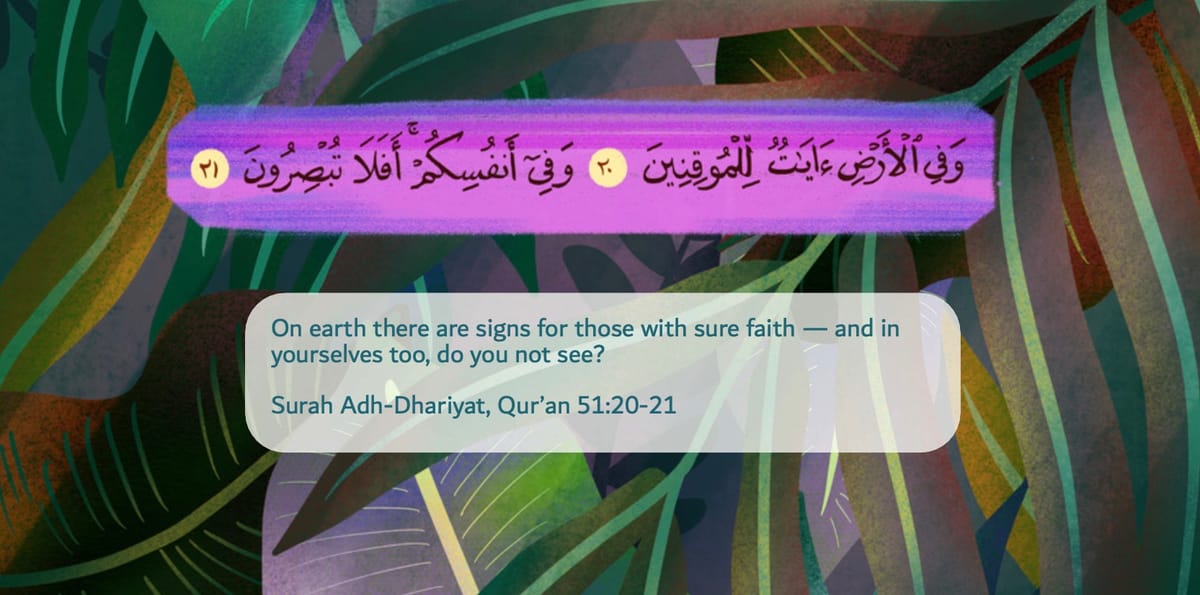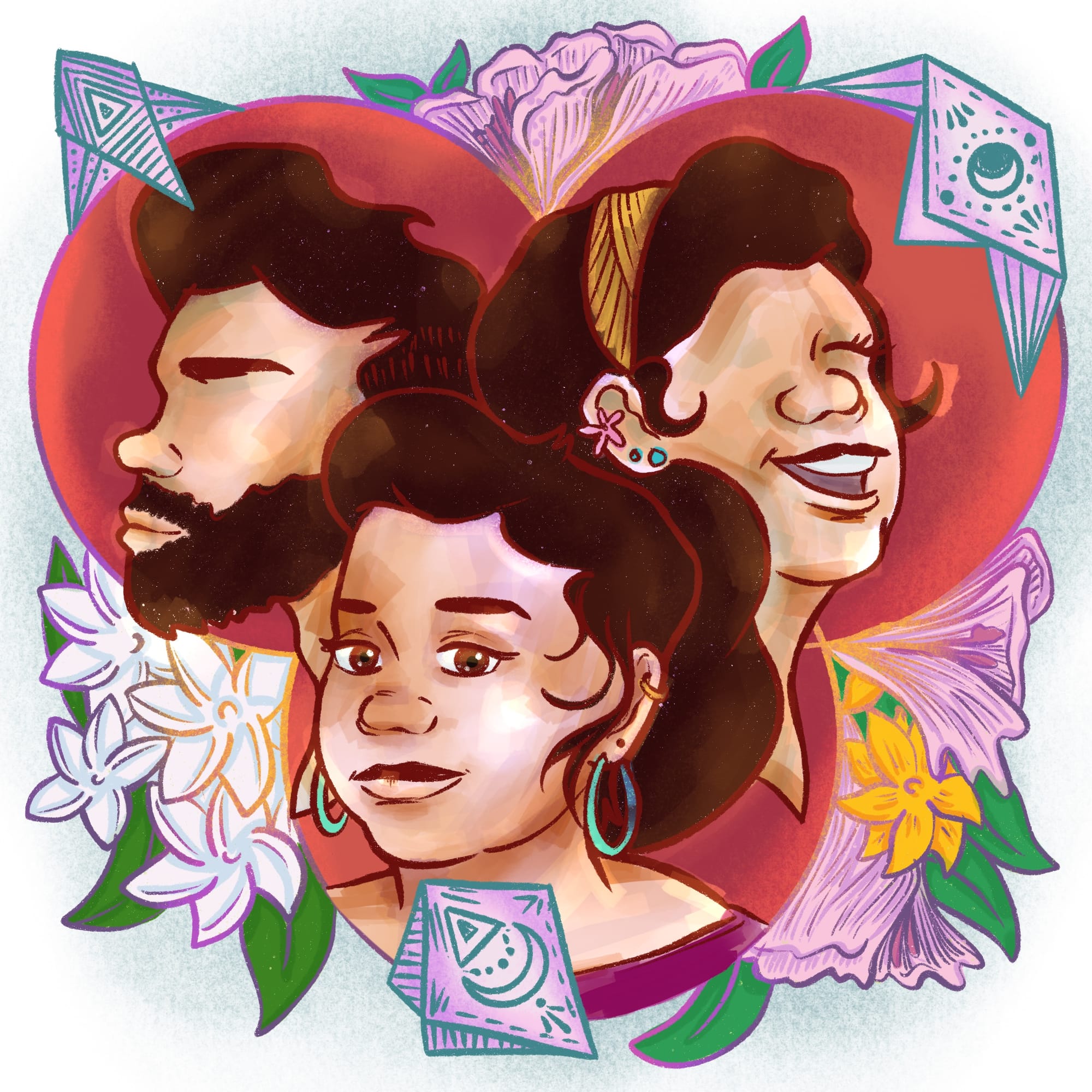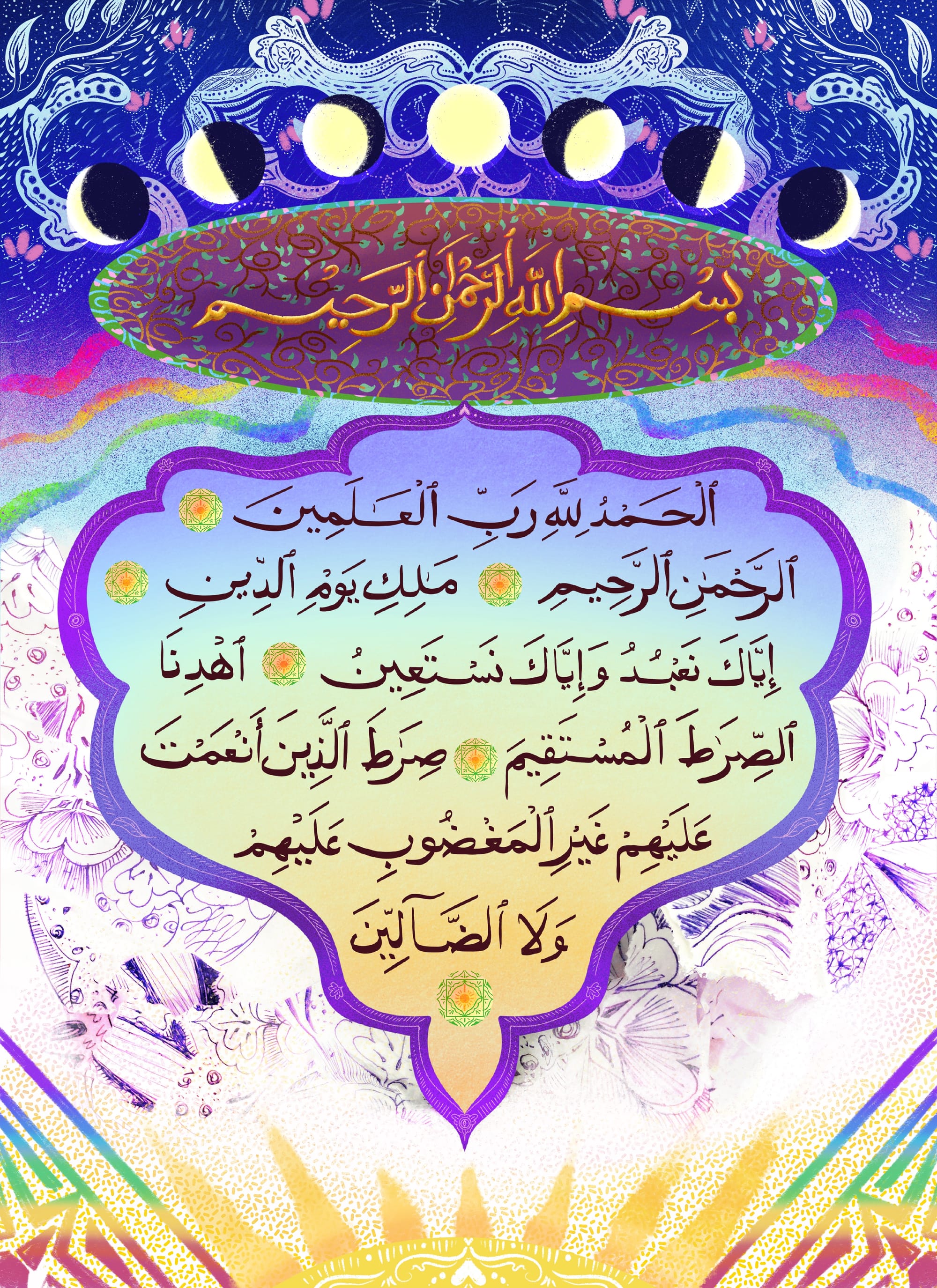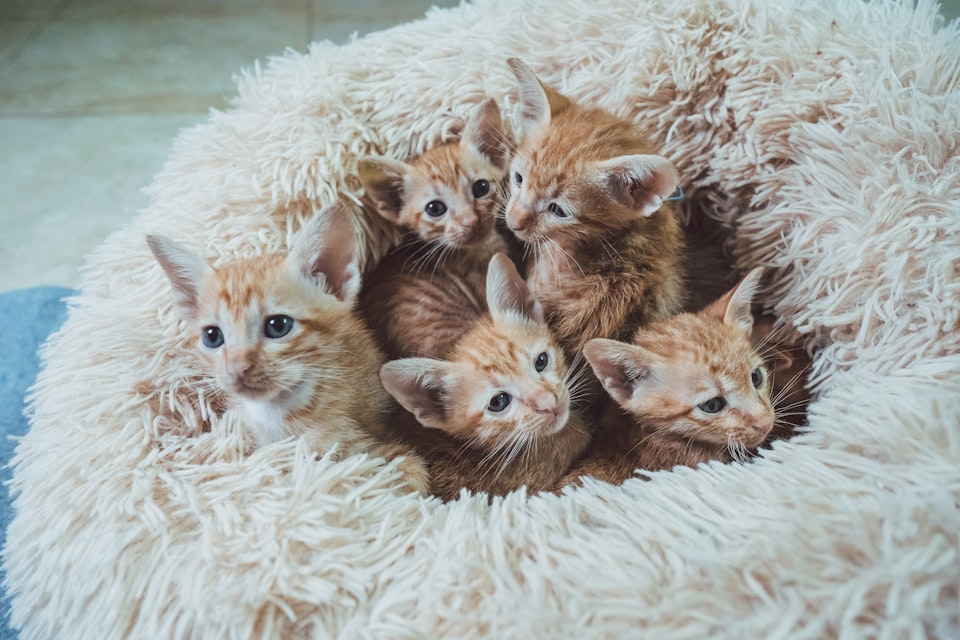Finding language to describe our diversity (The Signs In Ourselves, Part 1 of 12)
What do we know to be true about ourselves? To begin articulating the Truth of diversity, we start by exploring gender and the language we use to self-describe.

In this part and the next, we hear from those who are finding the language to describe their gender, their identity, the people they want to be in relationship with, and set the location for their story. Exercises 1 and 2 invite you to introduce yourself to the conversation.
- The experience of gender as a fluid process
- Discovering the language to describe ourselves
- Exercise 1


THE EXPERIENCE OF GENDER AS A FLUID PROCESS
When she was a child, she was certain she would grow up into a man. “I just thought it would naturally happen on its own. This was before I knew anything about queer or trans narratives. When it didn’t, when I got my first period, I felt so disconnected from my body.”
At 30, she is still investigating how to articulate the full range of her gender experience, but has more language for it now: “I see it as a triad of masculine, feminine, and androgynous aspects that are in constant dialogue with each other through language, intentions, and expression. What surprises me to this day is how healing my relationship with gender and body has allowed me to find a safe home in the body I have now — the body of a woman. So while my experience of gender is multiple and fluid, I hold no conflict over being seen as a cis woman.”
MORE STORIES
- “I was born in a female body, and am still occupying my female form. So by the definition of Trans, that makes me Trans-man, though I could do without the suffix 'man' because I rationalise that feeling like a man doesn't make one a man, rather I like to define Trans as being able to flow back and forth between masculinity and femininity in a way that perhaps is incomprehensible to most. Trans feels like an intertwining of energies to me, and I seem to imbue masculinity. If anything, being able to identify as Trans has allowed me to fully embrace my femininity too, and I quite frankly love it.” (28, Bangladesh, he/him)
- “I have zero attraction to women. I used to identify as a cis man, but a lot of things have changed in the past year, a lot more self-discovery. I'm still masculine presenting, but now my sense of gender is not the same — some of these labels I've always used don't fit anymore. I know someone who was a pre op trans man, and realised they felt no longer cis nor trans. They now go by genderfluid. I feel the same way.” (25, Singapore, he/him)

DISCOVERING THE LANGUAGE TO DESCRIBE OURSELVES
She used to refer to herself as a lesbian, but now prefers to identify as a queer woman, even if it brings up some intergenerational conflict. "The word queer is very linked to my cultural spiritual journey in Indonesia, so I feel more comfortable to call myself that instead of lesbian. A lesbian activist from the ‘90s said to me that we cannot use ‘queer,’ because we need a clear definition to the state about who we are. Are we lesbian? Are we gay? We cannot say we are queer. I said, why not? Her thinking was that it would confuse the state and delay our cause. But to me, the word queer is something I can use to keep thinking critically, to question and discuss my identity. In spaces where I cannot openly express my connection between my sexual orientation and spirituality, I can use the term queer to address myself.”
MORE STORIES
- "I’ve dated men before. When I started dating women, I felt I had to choose or identify as a lesbian, and that has gone on for awhile because of how long my current relationship is. I had to remind myself that how I identify is not based on what people think I should be. My current struggles are around sexual orientation more than gender identity." (38, cis woman, she/her)
- "I first identified as bisexual, and then queer, and now lesbian. I realised that while I'm not completely closed off to dating nonbinary people and trans men, I'm definitely most attracted to androgynous womyn. I have a very specific type! But I didn't want to directly identify as lesbian at first. The label felt so heavy. Was I limiting my queerness because of misconceptions about nonbinary and trans people? I couldn't get myself to say ‘I am lesbian’ for so long. I would say I was bisexual or pansexual because the word lesbian felt so negative and loaded for me. But I've since come to terms with it." (31, Masters student, she/her)
- "Although I am sexually bisexual, I politically identify as a queer lesbian." (teacher, France, she/her)
- "While the word queer has been widely reclaimed among LGBT people and is even used by cishet people to refer to LGBT persons, there are still many people including myself who are uncomfortable with the word." (27, Malaysia, she/her)
- "I was assigned female at birth but I feel like intellectually and emotionally I am somewhere in the middle of the male to female spectrum. I identify as a lesbian, but find the term queer just more relatable. It sounds better to me too!" (27, Pakistan, she/her)
- "My gender identity makes it hard for me to strictly identify as bisexual or pansexual, so I just call myself queer. I have met and loved enough women to know that I am not one, yet I don’t see myself in manhood. My expression is neutral unless I decide on a feminine or masculine costume, but because of my body I am perceived as a woman and experience their oppression. Recently, I discovered that I am on the spectrum. Adult autism is very misunderstood especially in people coded as women, but studies have shown that people on the spectrum are likely to identify as queer because they are less responsive to social expectations or constraints. For me, discovering that was liberating. But due to multiple layers of stigma against both autism and queerness, I rarely bring it up with others." (33, nonbinary, they/them)
- "I prefer the term 'queer' because I'm a bit tired of the joke pansexuals get: "So you're sexually attracted to pans, like cooking pans?" Lord help us all." (30, genderfluid femme, she/they)

Exercise no.1
from the workbook The Signs In Ourselves
Your Turn: Personal Reflection
Reflect where you are at with articulating your gender identity.
- How has it changed over the years and why?
- What are you sure about? What are you still uncertain of?
- Do you think this would change if you were somewhere else? How so, and where?
Collective Discussion
Read the answers in this section, then share and discuss your reactions.
- Which ones resonate with what you’ve encountered in yourself?
- What is your experience with giving and receiving solidarity from others?
This post is adapted from The Signs In Ourselves (pp. 9-12), a queer spiritual wellbeing workbook inspired by Qur'an verses 41:53, 51:20-21, and interviews with Southeast Asian Muslims. Written by Liy Yusof and illustrated by Dhiyanah Hassan, it was made available online in 2020 by the Coalition for Sexual & Bodily Rights in Muslim Societies. May Allahﷻ accept this offering and bring it to those who need it. Letters and inquiries: qmcourage [at] gmail [dot] com.



